Sugar Alcohols and Tooth Decay
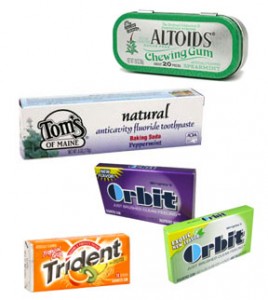 The fact that Americans consume 20 teaspoons of sugar a day - nearly a half cup - is not new news. What may surprise you is that the vast majority - around eight out of 10 - of those same people regularly eat "sugar-free" foods and have no idea how much sucrose (or sugar, same thing) they are really consuming.
The fact that Americans consume 20 teaspoons of sugar a day - nearly a half cup - is not new news. What may surprise you is that the vast majority - around eight out of 10 - of those same people regularly eat "sugar-free" foods and have no idea how much sucrose (or sugar, same thing) they are really consuming.
There is much confusion surrounding our love affair with all things sweet. One question many ask is whether sugarless or sugar-free foods and beverages are always safe for your teeth.
The answer is no, but it's not a simple no.
First off, "sugarless" sometimes only means that no sugar was ADDED during the processing of the food. That does not mean they are truly sugar-free. For one thing, they may contain other sweeteners, which include honey, molasses, evaporated cane sugar, fructose, barley malt or rice syrup. According to experts at the Columbia University College of Dental Medicine all these other sweeteners have the same number of calories per serving as white sugar.
For people who have active decay, Cure Tooth Decay author Ramiel Nagel recommends eliminating sugar from the diet entirely. But even for those who are not battling cavities he says we must drastically reduce our sugar intake - and the sugars we do consume should be the limited, natural ones he lists.
For those who are still eating heavily processed foods despite all the health warnings, how do you tell how much sugar is in your foods? By reading the labels.
Food derived sugars have many different names, but they all end in the letters "ose." So if a label has an ingredient ends in "ose," the product contains sugar. Another way to tell is by checking the required FDA label for for carbohydrate content. This lists the amount of sugar in total grams.
But what about sugar alcohols?
These are listed on the label as , erythritol, isomalt, sorbitol, lactilol or mannitol. They are regularly used to sweeten "sugar-free" cookies, cakes, candy, and chewing gum. It's important to note that the term 'sugar alcohol' refers to their chemical make-up, but that they do not contain any alcohol.
Although they vary in intensity, overall, sugar alcohols are not as sweet as sucrose and they have less calories. They taste a lot like sucrose and are often used to counteract the unpleasant aftertaste of high-intensity artificial sweeteners like saccharine and aspartame. Another interesting feature of sugar alcohols is a reported "cooling sensation" from mints and chewing gum. This is caused by the dissolving of the sugar alcohols, which essentially absorbs heat in the process.
Our bodies are not able to completely absorb sugar alcohols into the blood stream from the small intestine, so there is a smaller change in blood glucose than with sucrose (table sugar). The claim of less blood sugar swings makes sugar alcohols so popular with dieters and diabetics alike. But because they can't be digested properly, they sometimes lead to gas, bloating and diarrhea. In fact, some people can get these symptoms after eating just a single serving of food containing sugar alcohols.
As for tooth decay, conventional dentistry says that sugar alcohols do not promote it and the United States Food and Drug Administration (FDA) agrees. In fact, you will see claims - sanctioned by the FDA - that one sugar alcohol in particular, xylitol, PROTECTS teeth from cavities. Even though this is odd that on one hand, dentists say sugar causes tooth decay, but then on the other hand they claim that sugar alcohols can protect against tooth decay.
Studies on whether this is true have mixed results. The premise upon which the dentistry community makes this claim is two-fold.
According to conventional wisdom, the bacteria in your mouth combines with sugars to produce acid and it is this acid that damages teeth, causing cavities. Studies show that for some reason the bacteria in our mouths can't break down xylitol, so no acid is produced. They also say that xylitol's sweetness encourages saliva, which in turn washes out the mouth and "helps prevent cavities." But saying that xylitol prevents cavities because it is proven to kill bacteria, is different than showing studies that link consumption or use of xylitol to less cavities.
The premise is the same one that claims that brushing away the bacteria and acids will prevent tooth decay.
But as Nagel explains, cavities are a caused by unhealthy blood chemistry and can and must be prevented and even cured by eating a diet that includes the right mixture of animal fats and proteins and minimal, all-natural sugars at most. Read Cure Tooth Decay to learn more about this groundbreaking diet.
References:
"What Does 'Sugarless' Really Mean?" What Does 'Sugarless' Really Mean? Web. 07 May 2012. <http://www.simplestepsdental.com/SS/ihtSSPrint/r.==/st.32218/t.32498/pr.3/c.350076.html>.
"Inspections, Compliance, Enforcement, and Criminal Investigations." Nutrition Labeling Summary Sheets. Web. 07 May 2012. <http://www.fda.gov/ICECI/Inspections/InspectionGuides/ucm114703.htm>.
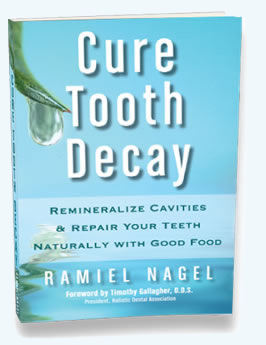


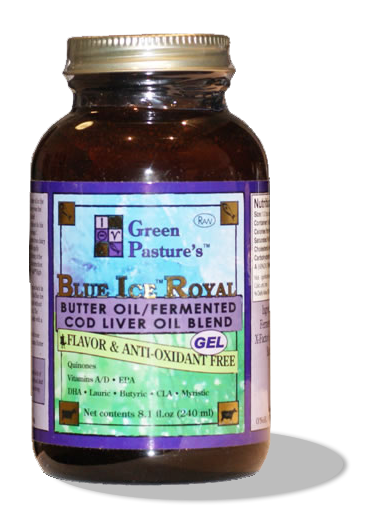
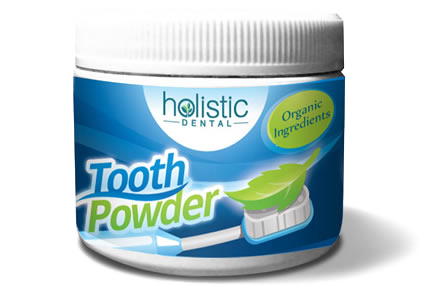
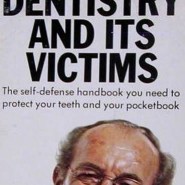 The One Thing that Shocks Dentists
The One Thing that Shocks Dentists Diet Recovery: e-Book Review
Diet Recovery: e-Book Review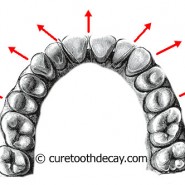 Assembly Line Orthodontics Can Damage Faces
Assembly Line Orthodontics Can Damage Faces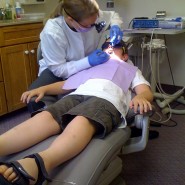 Pediatric Dentistry – Possible Inadequacies
Pediatric Dentistry – Possible Inadequacies Magical Toothpaste Too Good To Be True
Magical Toothpaste Too Good To Be True Fluoride: A Toxic Waste, Part 2
Fluoride: A Toxic Waste, Part 2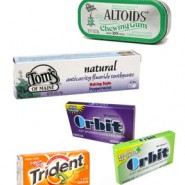 Sugar Alcohols and Tooth Decay
Sugar Alcohols and Tooth Decay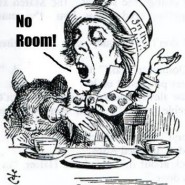 Mounting Environmental Mercury Concerns – But What About Our Mouths?
Mounting Environmental Mercury Concerns – But What About Our Mouths?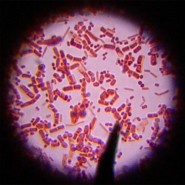 Bacteria Does Not Cause Disease – Raw Milk And Tooth Decay
Bacteria Does Not Cause Disease – Raw Milk And Tooth Decay Type 2 Diabetes Epidemic in Children; Dentistry and Tooth Decay
Type 2 Diabetes Epidemic in Children; Dentistry and Tooth Decay



LoriLynnTurner 11:49 pm on May 29, 2012 Permalink
Thanks for bringing some clarity to the xylitol. I have been adding it to my homemade toothpaste based on claims of cavity prevention, but it looks like I won’t be anymore!